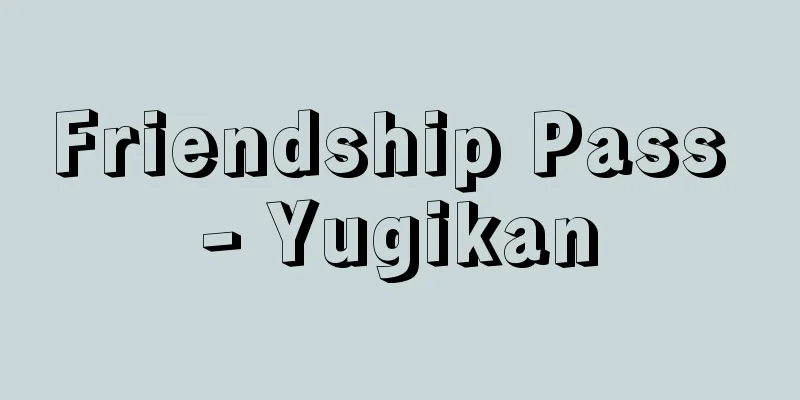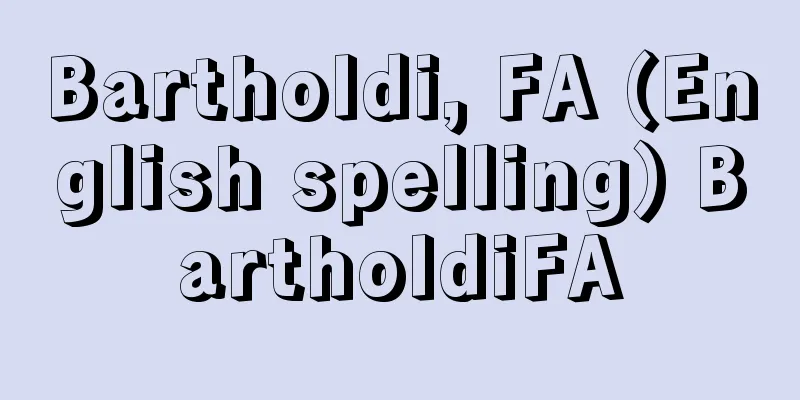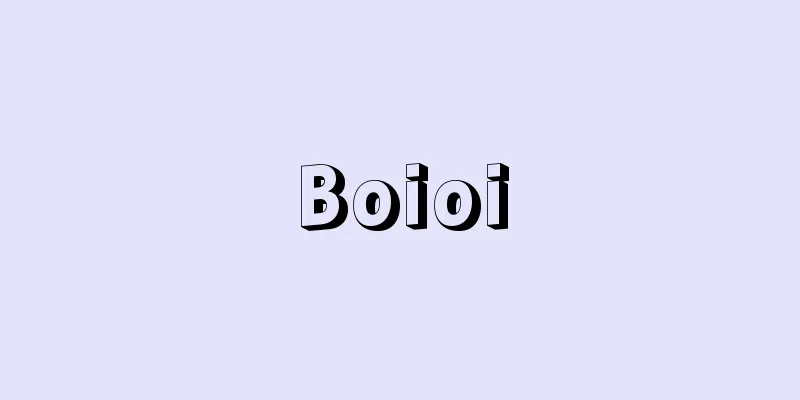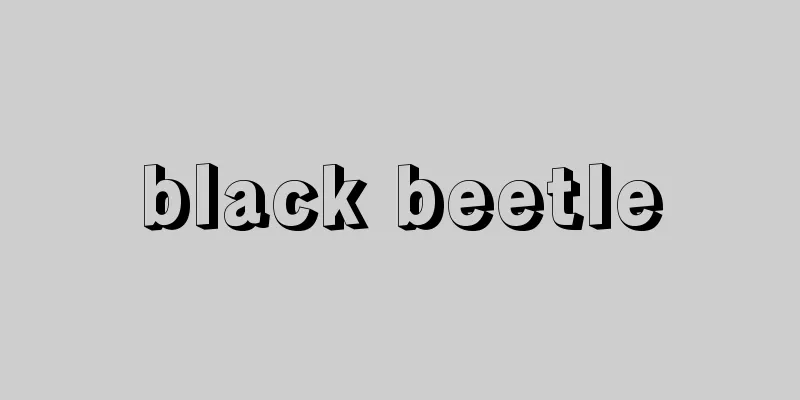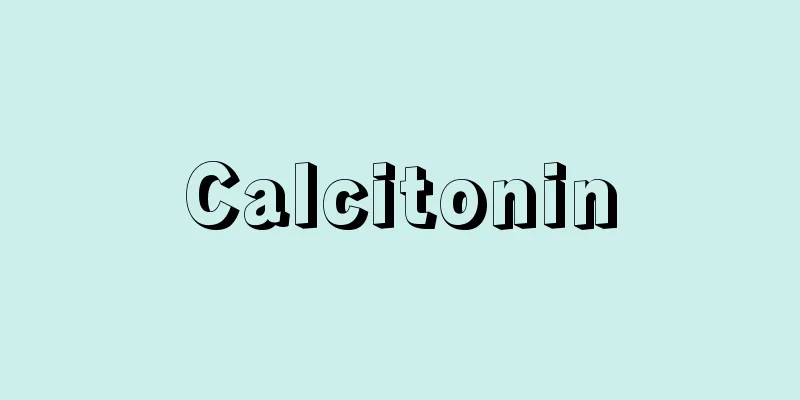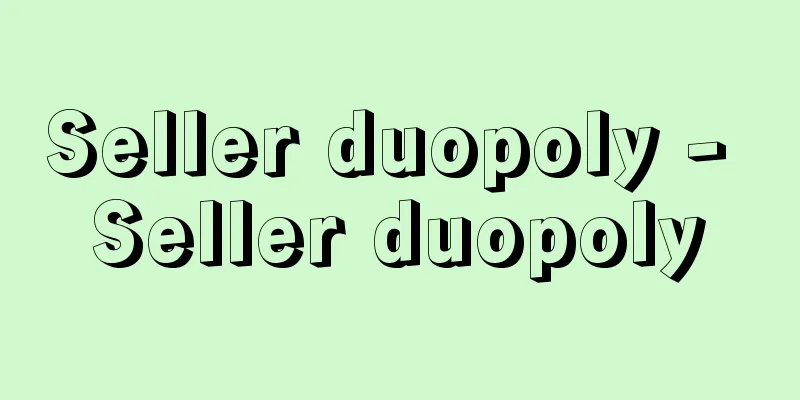Kiyosawa Kiyoshi

|
Journalist and critic. Born on February 8, 1890, in Kitahotaka Village, Nagano Prefecture (now Azumino City). After graduating from elementary school, he studied at Kensei Gijuku (founded by Iguchi Kigenji (1870-1938), a disciple of Uchimura Kanzo) in his hometown, where he was influenced by Puritanism. In 1906 (Meiji 39), he traveled to the United States and studied political science and economics at Whitworth College, after which he worked for Japanese language newspapers in Seattle and San Francisco. In 1920 (Taisho 9), he returned to Japan and became the head of the foreign affairs department of the Chugai Shogyo Shinpo (now the Nihon Keizai Shimbun), visiting China and writing interview reports for leading politicians. In 1927 (Showa 2), he was appointed deputy director of the planning department of the Tokyo Asahi Shimbun, but came under attack from right-wing groups for a passage in his book Fishing for a Free Japan (1929) entitled "A Dialogue Between Amakasu and Osugi." This prompted him to become a freelance critic in 1929, and in 1930 he reported on the London Disarmament Conference as a special correspondent for Chuokoron. In 1938, he became a council member of the Toyo Keizai Shinpo newspaper, and formed a friendship with Ishibashi Tanzan. In 1939, he formed the National Academic Association with Miki Kiyoshi and Shimanaka Yusaku, and published works such as Research on the Second European War (1940) just before the Second World War. Influenced by Uchimura, Kiyosawa remained true to his principles as a liberal, independent critic throughout his life. His strength is fully displayed in his wartime diary (published after the war as "Dark Diary"). He died of acute pneumonia on May 21, 1945, just before the end of the war. [Masao Takasu] "Dark Diary" edited and commented by Hashikawa Bunzo (1979, Hyoronsha) [References] | | |Source: Shogakukan Encyclopedia Nipponica About Encyclopedia Nipponica Information | Legend |
|
ジャーナリスト、評論家。明治23年2月8日長野県北穂高村(現、安曇野(あづみの)市)に生まれる。小学校卒業後、郷里の研成義塾(内村鑑三門下の井口喜源治(いぐちきげんじ)(1870―1938)が創設)に学び、ピューリタニズムの影響を受けた。1906年(明治39)渡米。ホイットウォース・カレッジで政治経済学を学び、のち、シアトル、サンフランシスコの邦字新聞社に勤めた。1920年(大正9)帰国して『中外商業新報』(現『日本経済新聞』)の外務部長となり、中国を訪問、有力政治家の会見記を書いた。1927年(昭和2)『東京朝日新聞』の企画部次長に迎えられたが、著書『自由日本を漁(あさ)る』(1929)のなかの「甘粕(あまかす)と大杉の対話」がもとで右翼の攻撃を受けた。これを機に1929年フリーの評論家に転じ、1930年『中央公論』特派員としてロンドン軍縮会議を報道。1938年『東洋経済新報』評議員となり、石橋湛山(たんざん)と交友を結び、1939年、三木清、嶋中(しまなか)雄作らと国民学術協会を結成、第二次世界大戦直前に『第二次欧州大戦の研究』(1940)などを刊行。清沢は内村の影響を受け、リベラルな自主独立の評論家として生涯、筋を貫いた。その強さは戦時中の日記(戦後『暗黒日記』として刊行)に余すところなく現れている。終戦直前の昭和20年5月21日、急性肺炎で死去。 [高須正郎] 『橋川文三編・解説『暗黒日記』(1979・評論社)』 [参照項目] | | |出典 小学館 日本大百科全書(ニッポニカ)日本大百科全書(ニッポニカ)について 情報 | 凡例 |
Recommend
LF band - LF2
… [Radio frequency bands and their uses] Next, le...
Renal function tests
Renal function test. The kidneys are responsible f...
Etruscan alphabet - Etruria Moji
...In the Italian peninsula, it was passed on to ...
Tubular bells
A type of percussion instrument. Tubes made of a s...
Stage set formula - Stage set formula
… In Japan, there is a traditional method for mak...
Smooth newt
...They lay about 200 to 300 eggs at a time. The ...
Isogane - Isogane
...The Yami people who live on Lanyu (Red Head Is...
Stas, JS (English spelling) StasJS
…The analytical chemist's duties, in addition...
ganglioside
… Sialic acid is often present at the non-reducin...
Gandhara Buddha - Gandharabutsu (English spelling) Gandhāra
These are Buddhist statues made in the Gandhara re...
Gazetier
…The original meaning of the word Gazette is said...
Platalea ajaja (English spelling) Plataleaajaja
… [Hiroyuki Morioka]. … *Some of the terminology ...
Garcia de la Huerta
…they rejected the national theatrical tradition,...
Gyogai
The palace road. See the entry for the character &...
Iwaya
…Most of the town area is in the northern part of...
